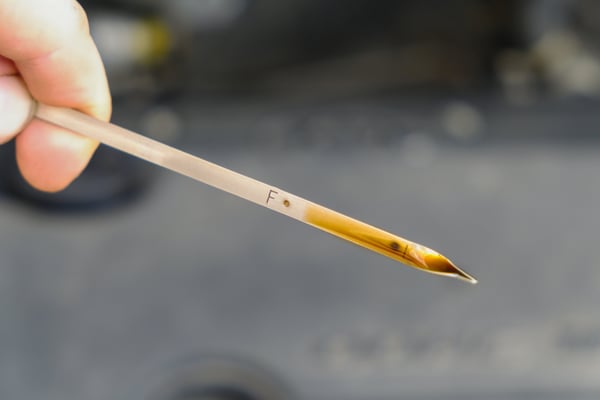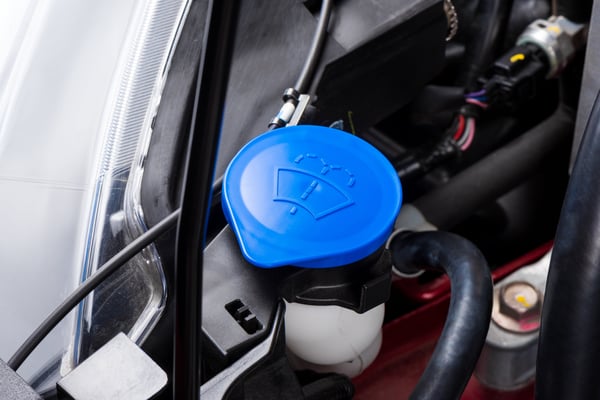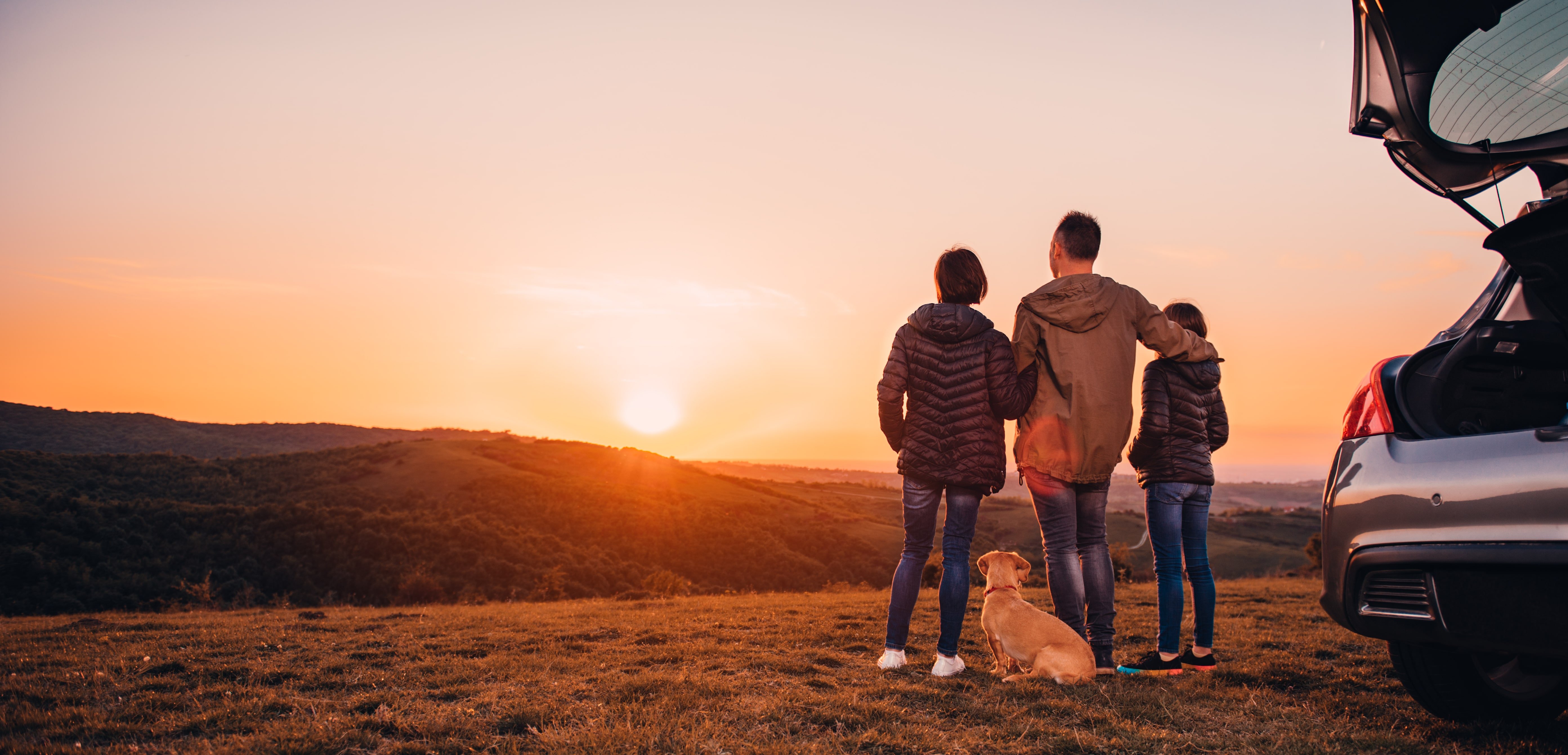Summer is the perfect time to explore Saskatchewan, and what better way than a road trip to explore a province that has the most roads in Canada.
However, before hitting the road, it’s important that you show your car some love and care. Here are a few simple steps that can help you enjoy a smooth ride.
For longer trips, it’s a good idea to repeat some of these steps mid-way through the drive as well. If you’re looking for more road safety tips, visit our website at caask.ca/safety.
1. Inspect your tires
Tires are one of the most important parts of your car. Which is why before taking a road trip, it’s imperative that you check your tires’ wear bars – the little rubber mounds in a tire’s track.
Photo Courtesy: RCMP, Nova Scotia Twitter
The wear bars are good indicators of the condition of your tire treads. If you see that the treads of your tires have worn down to the same level as that of the wear bar, then that is a sign of trouble.
You should also keep tabs on your tire pressure using your car’s internal monitoring system if it has one.
If not, remove the cap from the valve, place a good-quality tire pressure gauge on top of the valve, press firmly, and check the reading that appears. To find the recommended tire pressure for your car, check your owner’s manual or look for a sticker inside the driver’s door.
It’s best not to inflate to the pressure listed on the sidewall of the tire itself because that number refers to the maximum pressure of the tire and not the recommended tire pressure for your vehicle.
Don’t check your tires immediately after driving because the reading may be skewed due to an increase in heat and tire pressure caused by the friction from the road.
2. Eyeball the oil
To check the level of oil in your car, wait until your car has been off for about 10 minutes. Then find the dipstick; pull it all the way out, clean off the oil with a paper towel, and place the stick back in its cradle.

Let it sit for a few seconds and pull it back out. The bottom of the dipstick will have two markings or holes; the oil level should fall somewhere between them.
The oil should be light brown and viscous. If it’s thick and black, get an oil change right away.
3. Check your lights
Walk around your vehicle and check that your front, tail, and reverse lights, along with your turn signals, are working. It’s a good idea to check your high beams and fog lights as well if your car has them.
Another thing to keep in mind before taking a long road trip are daytime running lights (DRL).
There was a time when a dim instrument panel reminded motorists that their headlights weren’t engaged. However, in most new vehicles today, the panel is backlit anytime the engine is running.
This leads some motorists to assume that their DRL are also on. The problem is that in many vehicles the DRL does not include rear illumination.
Therefore, during lowly lit times—before sunrise, after sunset, and in bad weather—you can experience phantom vehicles, which are vehicles that are virtually invisible from behind because their rear lights aren’t on.
According to Christine Niemczyk, CAA Saskatchewan’s Director of Corporate Communications and Public Relations, “This is a pet peeve for many drivers and is a major safety issue due to the visibility risks.”
4. Ensure you have a good view
To enjoy the view and to ensure you and your family’s safety while driving, your windshield must always be clean during a trip. Make sure you clean your front and rear windshields thoroughly before driving.
You can also clean your windshields on the go by using your car’s wipers and the washer fluid.
To check the washer fluid—and top it up if needed—locate your washer fluid reservoir under your car’s hood. It has a diagram of a windshield and looks like a dotted umbrella.

Look for a marking on the side of the reservoir; if your washer fluid is below this fill line, lift up the cap and add some more. It’s a good idea to keep an extra bottle in the trunk as well.
5. Listen for strange noises
A major problem is often preceded by a noise, like a squeak or bang. Therefore, if you hear a strange or uncanny noise while driving your car, report it to your mechanic immediately.
Don’t worry, they’re used to customers making strange sounds using their mouths to describe what’s happening to their car. You must also give your technician a heads-up if you notice an unusual smell.
A small tune-up can go a long way on the open road and can make your trip a success.
6. Get a CAA Membership
And finally, what goes hand in hand with a trouble-free road trip is a CAA membership.
A CAA membership provides you with uninterrupted roadside assistance during your road trips and gives you the freedom to explore more with confidence.
Plus, as a CAA member, you are also entitled to numerous benefits and discounts through the CAA Rewards program, and can enjoy valuable savings on CAA travel merchandise available at our stores.
A CAA membership fits your lifestyle and travels with you and not your vehicle. This means that you’re covered whether you’re the driver or the passenger.
Get your car ready for your road trip adventures this summer and enjoy the ride!


